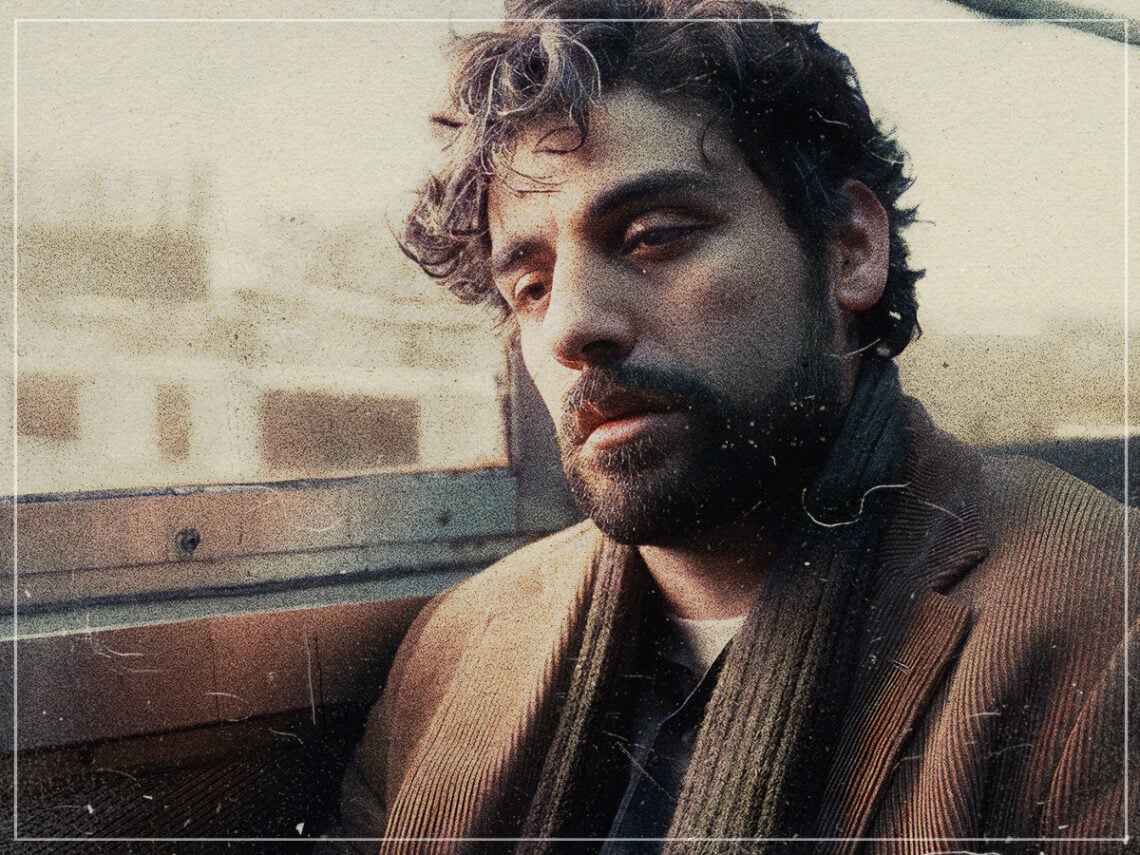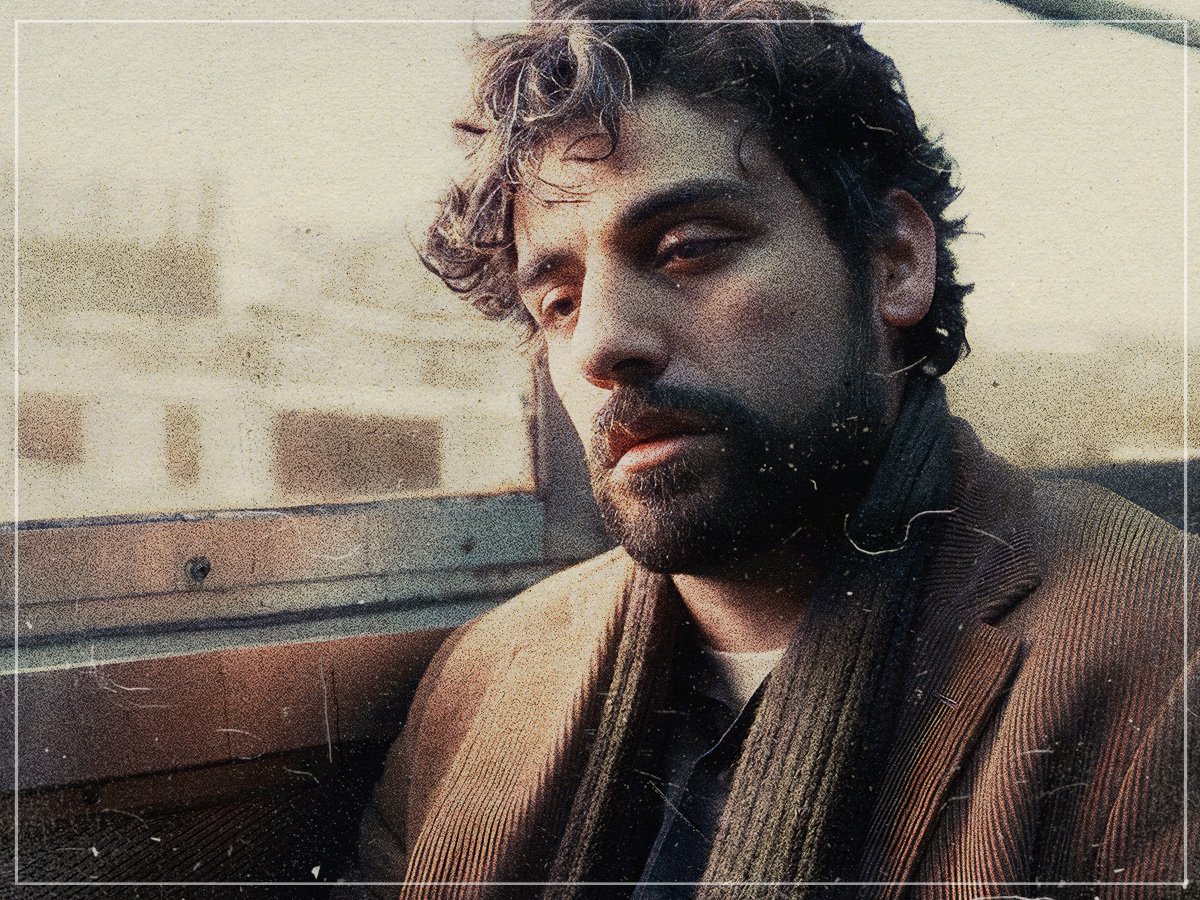
(Credits: Far Out / CBS Films)
Fri 13 June 2025 0:30, UK
Sometimes, inspiration can come from places we don’t necessarily expect to find it. The skill of a truly talented performer or artist lies in their ability to take something seemingly far-removed from themselves and still find a way to relate and be inspired by it, which is a technique that Oscar Isaac utilised on his quest for success.
The Guatemalan-born actor started acting in the late 1990s, although it took him a while to find a true breakout role. Parts in movies like Che, Robin Hood, Sucker Punch, Drive, and The Bourne Legacy came between the late 2000s and early 2010s, but it was ultimately Isaac’s role in Inside Llewyn Davis, directed by the Coen brothers, that established his place in Hollywood.
Playing the lead character, Isaac transformed into a folk singer hoping to find success in Greenwich Village during the early 1960s. Alongside the likes of Carey Mulligan, Justin Timberlake, John Goodman, and Adam Driver, Isaac gave an impressive performance that left the film heralded as one of the greatest of the year.
Isaac performed the songs live, proving himself to be a versatile star capable of singing as well as acting. Yet, when the actor was preparing for the part, one of his biggest inspirations actually came from the silent era. It was Buster Keaton, the legendary star of movies like Steamboat Bill, Jr and Sherlock Jr, that Isaac looked to. He was known for his impressive stunts, often putting himself in danger for the sake of his art, as well as utilising slapstick comedy that came to be hugely influential, rivalling him with Charlie Chaplin.
Talking to RogerEbert.com, Isaac revealed his process of getting into character after landing the role of Llewyn Davis. “It’s all about what inspires the imagination and what helps you focus in on behaviour. Back story can be really helpful with that and sometimes it’s not as helpful. Sometimes you need those tools when you’re having a hard time finding your way in. Sometimes you find your way in from less obvious ways.”
He added, “For this one, thinking less about specific neighbourhoods and jobs he did before and maybe more about Buster Keaton. He’s someone who works from instinct and doesn’t express himself emotionally, and yet it’s a comedic performance—the comedy of resilience and what does that mean and why do we laugh at people who are going through hardship and, particularly, Buster Keaton? Every other moment, he’s almost dying, literally, and that’s funny, and why is that funny? And trying to get inspired by those kind of things.”
This evidently shaped Isaac’s approach and worked in his favour, earning him a Golden Globe nomination. Since he won praise for his leading role in the Coen’s acclaimed film, Isaac has starred in many successful movies, from Ex Machina to X-Men: Apocalypse, Dune, and the Star Wars sequel trilogy. While he seems to favour big-budget blockbusters these days, Isaac’s approach to cinema stems from the early years of the medium, proving the timeless nature of the art form.
Related Topics
